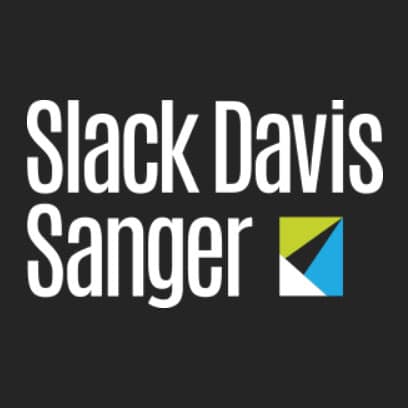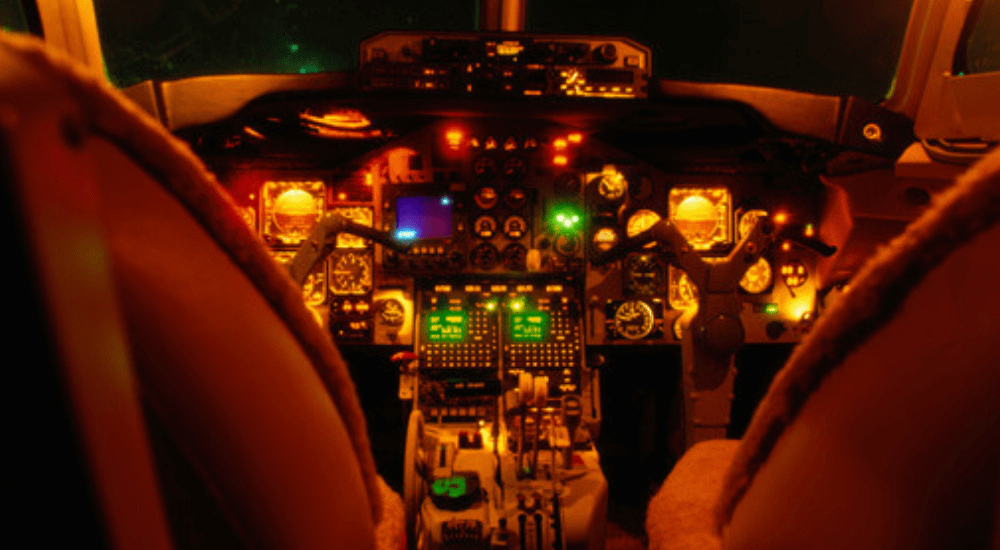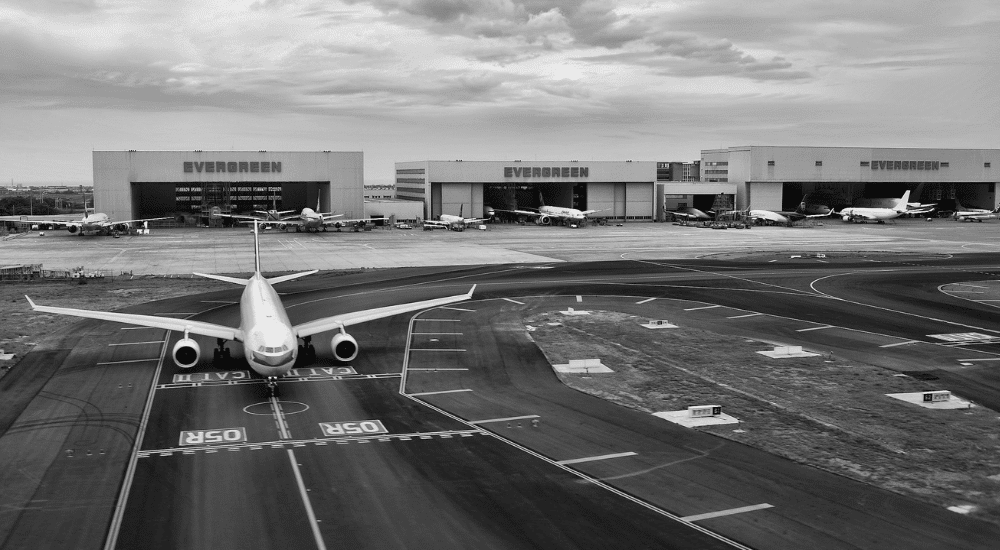Plane Crashes in 2018: What Do These Accidents Tell Us?
Understandably, plane crashes in 2018 dominated the headlines. During those 12 months alone, there were more than 500 deaths related to air travel, which is a tremendous spike in comparison to the 44 lives lost in 2017.
With the increase in low-cost options, a rise in disposable income, and more working-age adults flying for both business and pleasure, air travel is expected to double worldwide over the next two decades. This explosion in demand will present a number of challenges for the airline industry which impact passenger safety, including a shortage of qualified pilots, increased ground congestion, aging aircraft and additional demands on pilots to keep up with advances in technology and automation. In this post, we’ll examine the major plane crashes from 2018 to determine whether the sharp increase in fatalities was an anomaly or a sign of things to come.
Southwest Airlines Flight 1380: The First In-Air Fatality in the Airlines’ History
Southwest Airlines Flight 1380 highlighted the urgency to adopt more stringent inspections of airline equipment. Specifically, the crash drew attention to the dangers surrounding aircraft fan blades which were linked to this horrible accident.
At 32,000 feet in the air, just 20 minutes after take-off, Southwest Airlines Flight 1380’s left engine failed and began to fall apart. Damage to the left engine caused the aircraft to take a steep left turn and begin a terrifying descent. The surviving 148 passengers and crew members remember entering a complete state of panic as the plane headed down. Matters only became worse when metal pieces from the engine broke open one of the plane’s windows, bringing in a rush of wind and airborne debris. Jennifer Riordan from row 14 was seated right by the shattered window and had half of her body sucked out of the plane from the strength of the wind’s suction. Tragically, Riordan ultimately died from the injuries she sustained as a result of the incident.
Captain Tammie Jo Schults was able to land the plane 36 minutes after take-off. Once passengers were accounted for and departed the damaged aircraft, there were many questions left unanswered, and traumatized passengers attempted to make their way back to loved ones. In the hours, days and months that followed, many passengers suffered from PTSD and began seeking compensation for emotional distress given the traumatic situation they experienced. Over the following 12 to 15 months, various boards and associations will perform investigations to get a better picture of what exactly went wrong and how such a disaster can be avoided in the future.
Early investigations have concluded that one of the engine’s 24 blades broke off, which led to engine failure and the ensuing damage to the aircraft. Airline safety advocates have since called for additional inspection of engines and blades, including ultrasonic pre-flight checks. The Federal Aviation Administration (FAA) responded to the Southwest Airline Flight 1380 tragedy with an updated airworthiness directive which expanded the examination of engines and required repeat inspections. Expanded safety checks could offer an additional layer of protection for the estimated 2.6 million travelers who fly in and out of U.S airports every day.
Russian Plane Crash 2018: Saratov Airlines Flight 703
Pilot error was behind the fatal Russian plane crash which took place in 2018. The domestic passenger flight took off from Ork Airport in Russia on February 11 and plunged into the ground just six minutes after departure. The crash killed all 65 passengers and six crew members onboard.
The plane lost both speed and altitude several minutes after liftoff before accelerating again then falling once more near the Russian village of Stepanovskoe. This seesaw pattern created a horrific roller coaster ride for both the passengers and crew.
Investigations performed by the Russian Interstate Aviation Committee revealed that it was the actions of the airplane’s crew members that ultimately led to the crash. Information gathered from Saratov Airlines Flight 703’s black boxes, used to record flight data, revealed that the pilots did not switch on the heat detection sensors during the climb, causing these components to become frozen, which resulted in a loss of control. This oversight, combined with incorrect speed readings by the pilots, played a key role in the fatal crash.
What’s troubling is that the Russian Interstate Aviation Committee has done little as a result of the accident to avoid this tragic loss of life in the future. Russia has a long and troubling airline safety record, which includes green-lighting an airplane for take-off into dangerous weather conditions and allowing outdated equipment on planes which is not suited for navigating the modern-day skies.
Cubana Crash: An Aging Plane and Human Error Prove Deadly
Three months after the Saratov Flight 703 went down in Russia, another commercial airline accident occurred in Havana, Cuba. On May 18, Flight 972, which was bound for Frank País Airport in Holguín, never made it to its destination.
Similar to the other two fatal crashes earlier in 2018, the Cubana crash happened moments after take-off. Eyewitnesses described the plane taking a sharp turn to the left before quickly descending towards the ground. Other onlookers reported seeing flames wrapped around the plane’s engines prior to impact. The crash site was soon engulfed in smoke and all the plane’s passengers onboard except one perished.
This devastating accident involved a Boeing 737-201, an older aircraft leased by Mexican charter airline Global Air, which has been in operation since 1979. While the plane did pass a Mexican government inspection in 2017, Guyanese authorities banned the plane from its airspace upon discovering that the flight crew had been dangerously overpacking flights with luggage.
While the age of the plane could have been a contributing factor in the accident, the official cause of the crash was pilot error. Investigators concluded that the aircraft climbed at too high a rate, which led to the plane stalling, before veering and falling.
Since pilots play a critical role in the success of any flight, aircraft accidents due to human error are all too common. An ongoing and intensive training program that covers different types of equipment, protocol, and data-informed decision making can make flying safer. Members of the aviation community have suggested supplementing existing instruction with psychological training known as crew resource management (CRM). This type of behavioral training, which is also used among firefighters, air traffic controllers, and in industrial settings, focuses on leadership, group dynamics, interpersonal communications, and teamwork.
Lion Air Crash: A Preventable Tragedy
If the airline industry learns anything from the Lion Air Crash that killed 189 passengers and crew members 13 minutes after lift-off, it’s to pay attention to the warning signs. Especially the big ones.
Before the plane’s fatal descent into the Java Sea, the passengers on earlier flights on the same plane that was involved in the Lion Air Flight 610 accident reported a series of problems. On the way from Denpasar to Soekarno-Hatta International Airport in Jakarta, travelers smelled burnt rubber inside the aircraft and described turbulence throughout the flight. Even more troubling, the aircraft fell more than 200 feet in the air during the flight in a matter of seconds.
The pilots never turned on the fasten seat belt sign, but did issue a “pan-pan” warning, the second highest alert level in aviation below a Mayday call. Indonesian investigators even went so far as to say the Lion Air jet was not airworthy before the fatal crash.
On October 29, after these obvious red flags, the same Boeing 787 MAX 8 was involved in the second deadliest plane crash in Indonesia’s history and the worst accident for low-cost airline Lion Air.
The investigation following the accident determined that Lion Air repeatedly put the plane back into service when there was a problem with the airspeed indicator. Subsequent studies have indicated that pilots were not well trained in handling the plane’s anti-stall system, which experts conclude is why the crew requested to return to Jakarta’s main airport.
Another factor in the tragic accident was the angle of attack sensors, which provide data about the angle at which air is passing over the wings and how much lift a plane is getting. Almost as soon as the virtually brand new, high-tech plane entered the air, pilots fought with the computer control system to manually keep the aircraft in the sky. Meanwhile, the computer system steered the plane toward the water after receiving bad data from the faulty sensors.
Despite the problems which occurred soon after take-off, preventing the Lion Air plane crash was as simple as paying attention to the clear warning signs which should have alerted officials that the Boeing 787 MAX 8 should have never left the ground.
The Future of Aviation Safety
Each of these 2018 plane crashes underscores the risks we take when we step on an airplane. With demand for air travel skyrocketing, the stakes are only getting higher.
Every two years, the National Transportation Safety Board (NTSB) issues a list of top recommended improvements to avoid accidents, prevent serious injuries and save lives. In the 2019-2020 Most Wanted List, the agency highlighted several areas of concern for the aviation industry, including pilot distractions, alcohol and drug impairment, fatigue-related accidents, sleep apnea, seat belts and restraint systems, and Part 135 aircraft flight operations safety management systems.
While commercial crashes are often high-profile, the risks of flying on air medical service, air taxi, charter, and on-demand flights—aircraft that operate under Part 135 certification—are often greater, due to less stringent safety requirements. These measures, along with other complementary rules and standards recommended by other safety advocates and organizations, can help avoid preventable crashes and keep passengers safer, both now and in the future.
Slack Davis Sanger Supports Safer Skies
As a firm with licensed pilots on staff and having represented many victims and surviving family members in the aftermath of horrific plane accidents, Slack Davis Sanger has emerged as a strong advocate for improved passenger safety measures. As a leader in aviation law, our team of skilled litigators understands the complicated set of rules governing air travel and what it takes to stand up to airlines, maintenance facilities, and manufacturers. With the help of the attorneys at Slack Davis Sanger, victims of aviation crashes and their loved ones can get the compensation they need to move on and hold the parties responsible for these senseless tragedies accountable.

The firm handles cases involving catastrophic personal injuries and deaths. Our work spans three decades of handling airplane and helicopter crashes, truck and car accidents, oilfield and construction accidents, and other devastating accidents. We try lawsuits throughout the country in both federal and state courts and have recovered hundreds of millions of dollars for our clients. To date, we have handled or tried cases in 47 states, read more about our attorneys and firm.




